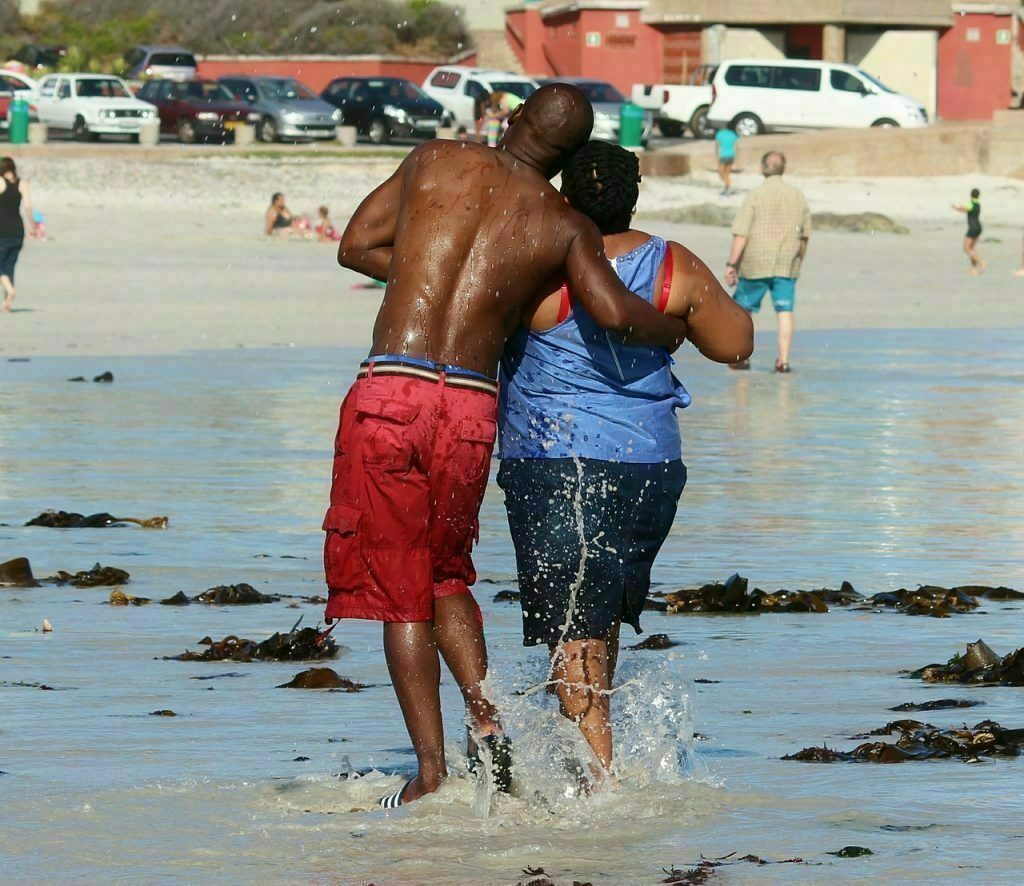How Love and Desire Differ
Ask yourself, “How does it feel to be loved by someone?” And then ask, “How does it feel to be desired by someone?” You may be surprised how differently love and desire feel in relationship. Being loved feels comfortable, secure, anchored, being taken care of. Love feels safe and secure, like a melting together.
Yet, love is not aways enough.
We humans have another basic need–our desire for adventure, novelty, surprise, taking risks and even flirting with danger, like a coming apart. Now it gets interesting when, as in our culture, one person is supposed to fill all our needs–both our need for love/security, as well as our desire to dabble, autonomously, in the unpredictable, uncharted and risky. Desires are like dreams, we do not choose them they come to us. Our desires are our highest intelligence, turning our world, charting our destiny.
Often clients seeking my intimate relationship advice profess a great love for their long term mate (which feels very sincere to me), and in the next breath they lament that desire for their spouse, once very strong, seems to have evaporated.
When I ask clients to remember, “When do you feel most drawn to your partner?” I get answers like, “When I watch her from afar gardening–she’s so in her own element.” Or, “When he’s leaning over his drafting table, pencil in hand, pointing out a design detail to a new client.” Or, “When he’s making silly faces at the baby, unaware of my presence.” Or, “When someone else is admiring or flirting with my partner.”
Desire
 Desire is born from seeing the other from a distance, seeing them as separate, autonomous, doing their own thing. Love is ‘to have’, desire is ‘to want’. Space breeds desire in relationships–giving us the space to move towards.
Desire is born from seeing the other from a distance, seeing them as separate, autonomous, doing their own thing. Love is ‘to have’, desire is ‘to want’. Space breeds desire in relationships–giving us the space to move towards.
How can you come together if you never come apart? How can you ever say hello if you never say goodbye? Ester Perel, in her book Mating in Captivity, asks the question, “Can we desire what we already have?” She says experiencing the “otherness” of our mate is the root of desire, where too much oneness smothers desire. Lookout soulmates!
So how can we both love and desire our partner?
Perhaps the problem is thinking one person is supposed to provide all our physical, emotional, intellectual and spiritual needs. We think one person should supply what a village used to provide. Or we may forget that desire, like anything else, can wax and wane. How then, given our culture’s mandate for longterm monogamy, do we navigate these treacherous waters?
The couples I know who keep love and desire alive over time have a great deal of separateness, differentiation, and privacy built into their relationships. They enjoy the novelty of new places, people and experiences. In sex, novelty is more than a new toy, it’s bringing forth hidden parts of ourselves. Mystery is more than a new place, it’s looking with new eyes. Sex is more than doing things to each other, it’s transcending the personal(ego) and entering the Cosmic. Our current crisis of desire is really a crisis of the imagination.
In a relationship workshop, our guru leader (I forgot his name) asked, “How much focused, quality time together do couples need to maintain a good relationship?” His answer, thirty minutes a day–on average. The number seemed small to me so my husband and I ran an experiment.
We tracked the quality time we spent together for the coming weeks. We noticed how, after missing several dinners together (very common), we’d want to go out and spend the whole evening out together. After spending a week or so apart, we’d gravitate to to each other in special and unpredictable ways. Indeed, on the average about three to four hours of quality, focused time together a week did the trick.
30 Minutes
There’s a great joke about an older couple. The woman turns to the man, “Honey, I want someone to dive deeply into life’s pleasures with me, drink fully of the senses, and explore the wonder of each moment!” The man returns her enthusiastic smile, “That’s great, Dear, sign me up for Fridays!”
Here’s a great ‘Friday activity’ to explore desire with your partner–and it only takes thirty minutes! Remember since only 10% of couples talk about sex, this activity will put you ahead of the game. Set the timer for three minutes, one of you listens while your partner answers the question, “I turn myself on when….” If the talker stops before the timer goes off, the listener repeats the question “When do you turn yourself on?” The listener is silent for the total three minutes, this is not a conversation and do not add your story, comments, or ‘fix’ anyone. At the beeper, exchange roles and listener becomes the talker–speaking for the whole three minutes.
For an exciting second round–and this type of sharing rivets your attention if time frames are tidy–reset the three minute timer, change who speaks first, and answer the question, “I turn myself off when…” You may discover ways to grow space, desire, novelty and love in your relationship.

